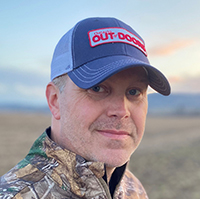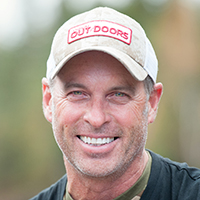We’ve all become used to instant communication. Most folks are connected, and rarely far from a phone. Once you enter the wilderness, however, this changes. Many of our hunting, fishing, and other outdoor pursuits take us to remote places not in range of a cellular tower. While being offline may make some uneasy, it can also be freeing to be removed from emails, calls, text, work, and distraction. While being connected offers comfort and security, it’s also great to take advantage of opportunities to disconnect and immerse yourself in your surroundings. Whether it’s between hunting party members, or with family at home in the event of an emergency, being able to communicate, however, remains critical. In remote areas of moose country, cell service is limited or nonexistent. For years, that has meant finding different ways to communicate between hunters and generally no contact with home for the duration of a trip. Methods evolved When it comes to hunting, for years my family moose-hunting group relied on signal shots — a pre-determined sequence of shots during a certain amount of time after the last shot at an animal. If they heard this particular sequence, everyone would cease hunting and head in to meet the rest of the party and see what happened. This has also led to, on occasion, our party ceasing hunting when none of us fired the shots that were heard. This evolved to using portable radios. For years, we experimented with different FRS (family radio service) and GMRS (general mobile radio service) FM radios. There was always a better one coming out with an even more impressive range, from five, to eight, and then 16 miles. However, as many who use these radios know, the maximum range may be accurate from mountain top to mountain top, but the reality is much different. The performance of these radios is limited by the rugged terrain. Although they provide a decent means of communication and were an improvement over signal shots, they weren’t 100%. So, eventually, we moved on to Garmin Rino GPS/Radios that we’ve now used for many years. We’ve worked our way through several generations of Rino devices. They have a quality two-way radio, a GPS, and the ability to see the location of members in your hunting party on the map and send brief messages. Adding satellite communicators As technology has evolved, I am now migrating to the
Please log into your OFAH Community account to access this content. Not an OFAH member or Ontario OUT of DOORS Subscriber? Follow the links below to join or subscribe and gain access to exclusive online content.





Contact Information
PO Box 2800 / 4601 Guthrie Dr.
Peterborough, Ontario Canada K9J 8L5
Phone: 705-748-OFAH (6324)
Fax: 705-748-9577
Join Our Newsletter
Watch
Shop
Follow